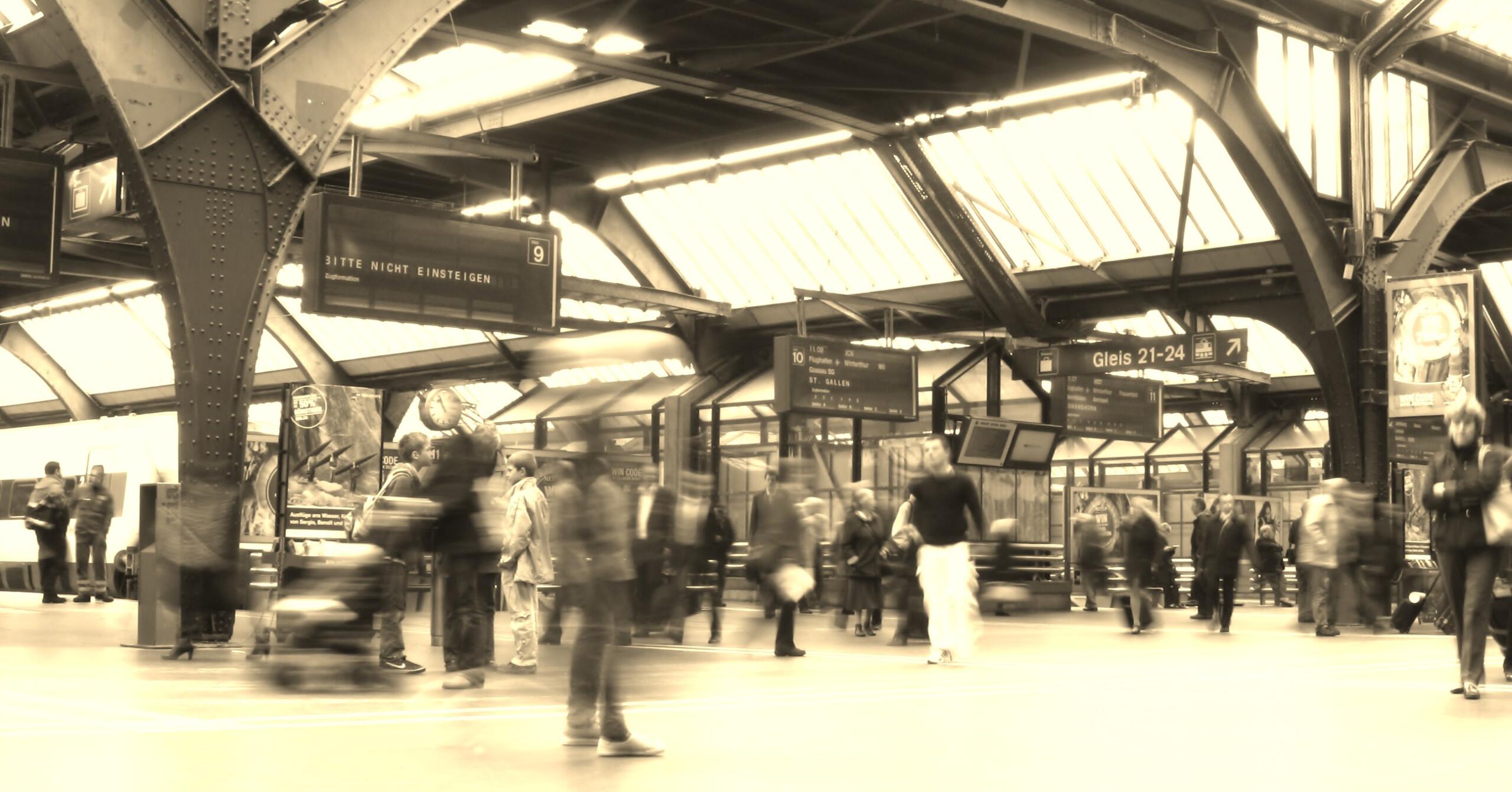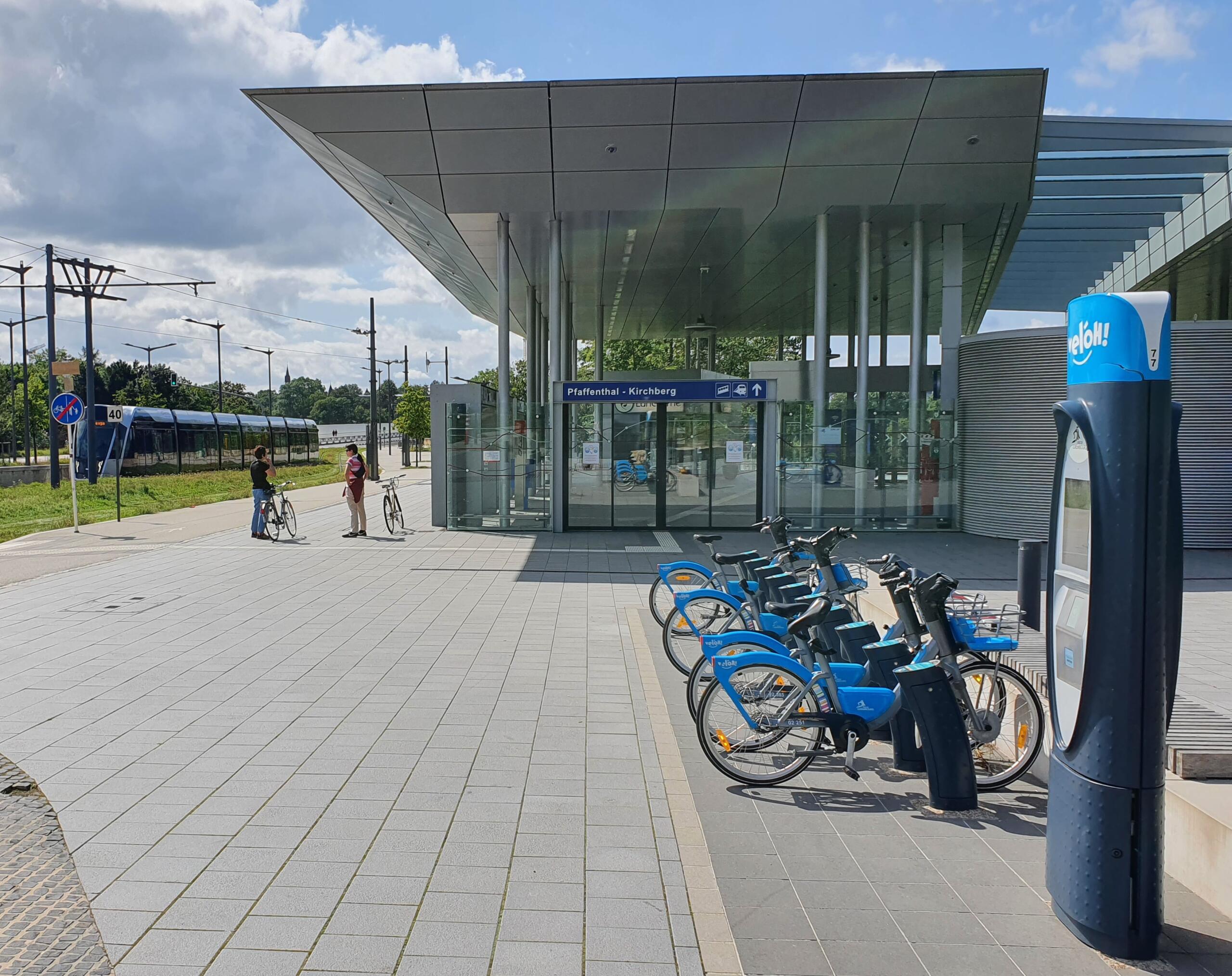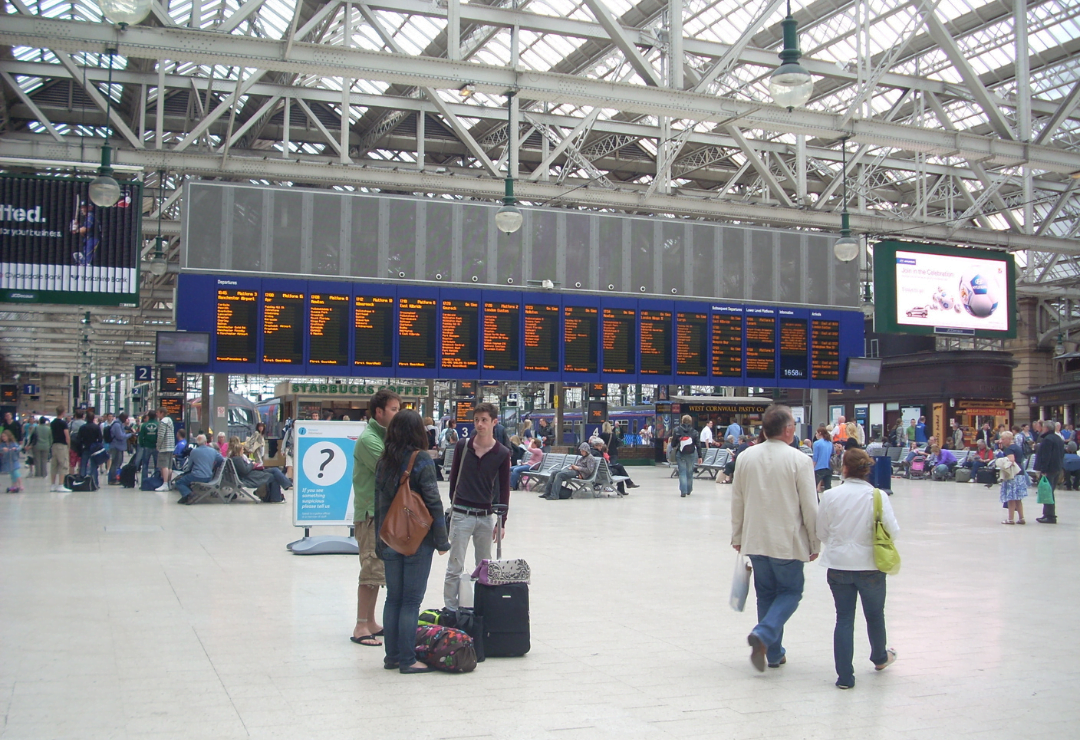Focus on TEN-T
As the European Commission pushes forward with the revision of the trans-European Transport (TEN-T) Network Regulation, a transformative journey is underway to create a sustainable, efficient, and resilient European transport area. Delve into the intricacies of this legislative evolution, where urban nodes emerge as pivotal players in the continent's transport landscape, driving economic growth, decarbonization, and connectivity.
To listen to the recording of the article below, please accept all cookies.
In December 2021, as part of the "Efficient and Green Mobility Package", the European Commission published the proposal for the revision of the trans-European Transport (TEN-T) Network Regulation (1315/2013). It aims to implement a European multimodal transport network with high-quality standards to strengthen the social, economic, and territorial cohesion of the European Union and contribute to the creation of a single European transport area that is sustainable, efficient, and resilient.
The revision responds to the need to adapt the TEN-T network policy to the many changes that have occurred over the last ten years, such as growing transport demand, geopolitical developments, and new mobility trends (liberalisation, interoperability, and technological innovation).
By 2030 the core network is expected to be completed, with the conclusion of an extended core network by 2040 and the comprehensive network finalised by 2050. By better-integrating rail, road and inland waterways, the current bottlenecks at national border crossings are expected to be removed, and connectivity throughout Europe will be future-proofed.
Nevertheless, as outlined by the Impact Assessment of the current TEN-T Directive, critical zones are not only identified at the cross-border level. For this reason, the Commission’s proposal of the revised TEN-T Directive pays particular attention to the functional urban area dimension, since one of the main objectives of European transport policy is to ensure good connectivity between and within cities.
Redesigning the backbone
Urban nodes, which are defined as urban areas where various infrastructure components, such as ports, passenger terminals, airports, railway stations, bus terminals, and logistic platforms are interconnected with one another, are given more attention in the new legislation. In the Commission’s revised TEN-T regulation, the number of urban nodes in the network would increase from 88 to approximately 430, giving more importance to cities in TEN-T network development.
 ‘We are trying to bring urban nodes into mainstream urban and TEN-T policy. We also want to ensure a common approach across Europe, as they become ever more important locations in our transport systems. We have been talking for a long time about multi-modality, and it is urban nodes where this perhaps most prolific,’ said Herald Ruijters, Director at the European Commission, DG MOVE.
‘We are trying to bring urban nodes into mainstream urban and TEN-T policy. We also want to ensure a common approach across Europe, as they become ever more important locations in our transport systems. We have been talking for a long time about multi-modality, and it is urban nodes where this perhaps most prolific,’ said Herald Ruijters, Director at the European Commission, DG MOVE.
The legislative process of the revised TEN-T directive is still ongoing at the time of writing. However, what is clear at this stage is that, when the revised regulation enters into force, it will require newly selected urban nodes to fulfil many requirements, summarised below (pending amendments that are possible from the EU legislators):
- Adopt a SUMP by 2025 and collect relevant data continuously across a wide range of sectors;
- Develop multimodal passenger hubs and appropriate connections with multimodal freight terminals by 2030;
- Have at least one multimodal passenger hub and one multimodal freight terminal by 2040.
Opportunities for cities and regions
In response to the TEN-T revision consultation, ERRIN and POLIS have teamed up and both laid out key messages for the common provisions on urban nodes and are based on the experiences of ERRIN and POLIS as regional and local actors in the implementation of the TEN-T regulation.
‘Why should we consider urban nodes as the DNA of this regulation? 80% of journeys in Europe take place in urban nodes and generate 23% of all transport greenhouse gases, meaning that urban nodes are at the heart of decarbonisation,’ said Françoise Guaspare, Senior Policy Advisor, Ile-de-France Europe (ERRIN Transport WG leader).
‘As the number of urban nodes grows, it will make the TEN-T ever more important and present in the lives of all European cities, improving opportunities for European citizens. We are at a critical moment, where we have a real chance to shift in the right direction,’ said Ivo Cré, Director of Policy and Projects, POLIS.
MOVE21
Urban node legislation will be essential in helping cities and regions achieve their ambitious goals for sustainable mobility by boosting economic growth and competitiveness.
 However, understanding and navigating the implications of the new legislation will be a challenging process for many cities. Urban node classification comes with a range of requirements under the proposed revised legislation and those cities that are defined as urban nodes are asked to adapt their transport policies to meet additional requirements and regularly collect a wide range of data.
However, understanding and navigating the implications of the new legislation will be a challenging process for many cities. Urban node classification comes with a range of requirements under the proposed revised legislation and those cities that are defined as urban nodes are asked to adapt their transport policies to meet additional requirements and regularly collect a wide range of data.
These issues are also tackled by the Horizon 2020 MOVE21 project, which is coordinated by the city of Oslo and sees POLIS amongst one of its partners.
Its Scan-Med Observatory aims to be an open platform that aims to gather a committed group of representatives from the local level located along the TEN-T Scandinavian–Mediterranean corridor which have been identified as urban nodes by the new revised TEN-T regulation. It will represent an opportunity for local authorities to debate and share views, challenges, concerns, needs, knowledge, ideas and best practices to bring the discussion on TEN-T and urban nodes to a more operative ground.
As stated by the Project Coordinator of MOVE21, ‘These hubs and their connection to the TEN-T can represent a game-changer for transport in Europe but require vertical and horizontal policy coherence on local, national and EU levels. Horizontal and vertical regulation and policy goals exist in a sort of balance, but the pace of change can create policy incoherence and conflicts.’
Finally, to ensure greater clarity and transparency, it is essential to coordinate legislative changes with financing and funding programs (at national, regional, and European levels). Numerous cities and regions concurred, voicing their worries about the availability of such funding as well as the ambiguity surrounding the application process and eligibility requirements.
Click here to read the article in its original format.
About the author:
Raffaele Vergnani is the Urban Freight Cluster Lead at POLIS. He is currently involved in Horizon Europe projects focusing on urban freight and multimodal hubs, such as MOVE21, GREEN-LOG, and DISCO. He has also been involved in more than 10 studies commissioned by the EU Commission and the TRAN Committee of the European Parliament.

